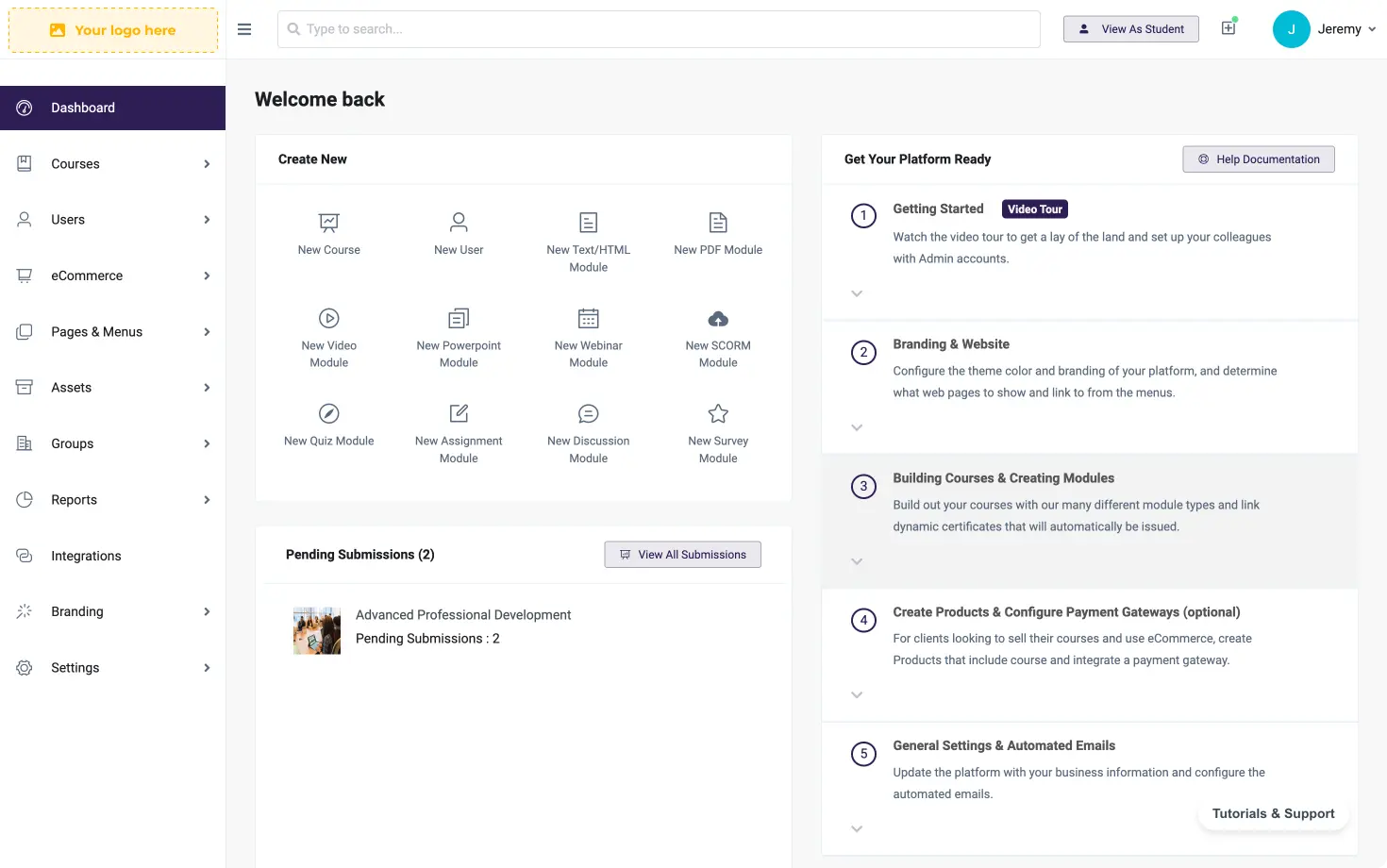Education, eLearning, Instructional Design
Different Learning Styles: eLearning for Multiple Intelligences

Creative use of multimedia-sourced teaching aids to maximize the efficiency and effectiveness of your client’s learning experience.
Many contemporary educators subscribe to the idea of multiple intelligences, as outlined in 1983 by Harvard-educated PhD, developmental psychologist Howard Gardner, in his book Frames of Mind: The Theory of Multiple Intelligences. For those who may be unfamiliar with the concept, Gardner’s theory proposes that each individual learns and processes new information according to varying degrees within nine specific areas of understanding, namely: Verbal-Linguistic, Visual-Spatial, Bodily-Kinesthetic, Mathematic-Logical, Musical-Rhythmic, Interpersonal, Intrapersonal, Naturalistic, and Existential.
Although it is understood that these areas of intelligence are present in everyone, the theory further acknowledges that individuals are stronger in some areas while less developed in the others. This variance is believed to explain why people grasp new learning in different ways and different rates from one another.
But what does this mean for you and your potential eLearning students? It means that regardless of what new content you may wish to introduce to them through your online course, you will not be having as much of an impact on their learning experience if you do not take the concept of multiple intelligences into account in your content delivery through your teaching aids.
Using different learning styles in education
If business accepts that time equals money, then you will want to ensure you are maximizing your students’ or clients’ success in learning and retaining the content of your course in the shortest amount of time reasonably possible. They will not be interested in signing up for courses where they are finding content too difficult to understand, or a course that takes too long to master. In today’s busy world where many households are juggling multiple interests both inside and outside of the home, you will want take the time to not only provide content that students will be interested in, but also content delivered in a way that is both appealing and easy to learn. On the plus side, with contemporary society being what it is, the modern multimedia tools available to us in both online and offline formats is definitely an advantage that we can use to our benefit when creating teaching aids.
The written word
With efficiency in mind, the most common and accessible form of content-delivery is the written word on a (web) page. Therefore it is no surprise that this is the building block many will start with when creating teaching aids for a course, and it is a strong one to build the content of a curriculum around. However, it is also too easy to fall into the routine of creating content in this manner, and the teaching aids that you create will too often fall into this category.
The problem is that this method of content delivery only appeals to one of the nine multiple intelligences. What if your student learns better when seeing what is being described (Visual-Spatial)? An online video could be of benefit to this type of learner, or perhaps a Venn diagram and a few pie graphs. Perhaps these videos could be three-dimensional, and the glasses required to view this content could be included in your course fee with delivery to their home. What about a client whose strength is found in Musical-Rhythmic intelligence? Several generations of English-speaking children the world over have learned the ABCs through singing a simple pre-school song about the letters of the alphabet.
Bodily-Kinesthetic learners do not have to be limited by the logistics of an online course either, provided you are willing to get creative with how you wish to integrate your students’ learning into their lives. If your eCourse requires some physical activities to master, you could create a downloadable MP3 track outlining routines you have set out in your course for completion that a client can listen to and follow at their own pace when it is convenient to them. Many self-help authors and public speakers have used this form of content delivery with success, and there is no reason why you cannot achieve success with your content as well.
Sprinkle in a variety of multimedia
Granted, not all course content automatically lends itself to being delivered to a student or client with learning aids appealing to all nine of the intelligences outlined in Gardner’s theory. An online course involving aircraft engine maintenance may not be easily tailored to creation of teaching aids with an Interpersonal or Intrapersonal intelligence-learner perspective. A student whose strength lies within the Existential intelligence may not be entirely catered to with teaching aids explaining how to create a no-fat, low-sugar blueberry bran muffin. But this is where you and your creativity with your course content delivery model can do so well, particularly if you are looking for a niche market. If you can take the time to come up with a myriad of ideas for teaching aids that best use the multimedia realities of 2014 for your client’s learning experience, it is not far-fetched to see many potential learners flocking to you and your course offerings. But the key is sprinkling a variety of teaching aids in each lesson, teaching point, or module that make up the curriculum of your course. Of course it is not possible to include teaching aids that appeal to all of the intelligences all of the time, and nor should you try to, but your student’s success – and in turn, your success – will be greatly enhanced if you account for Gardner’s theory as much as possible. After all, the only thing better than a secret weapon for student satisfaction is a toolbox full of them. So start getting creative!
